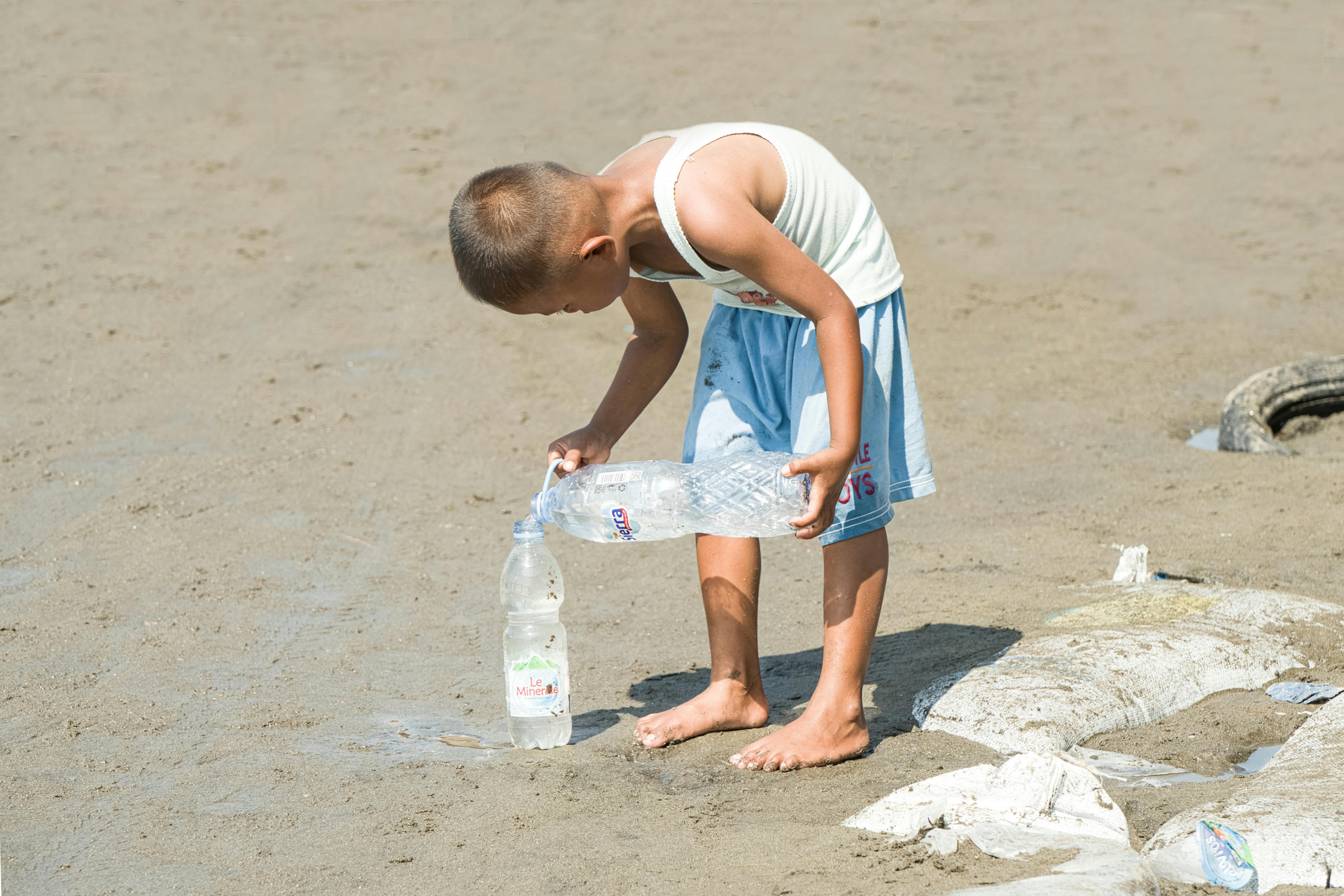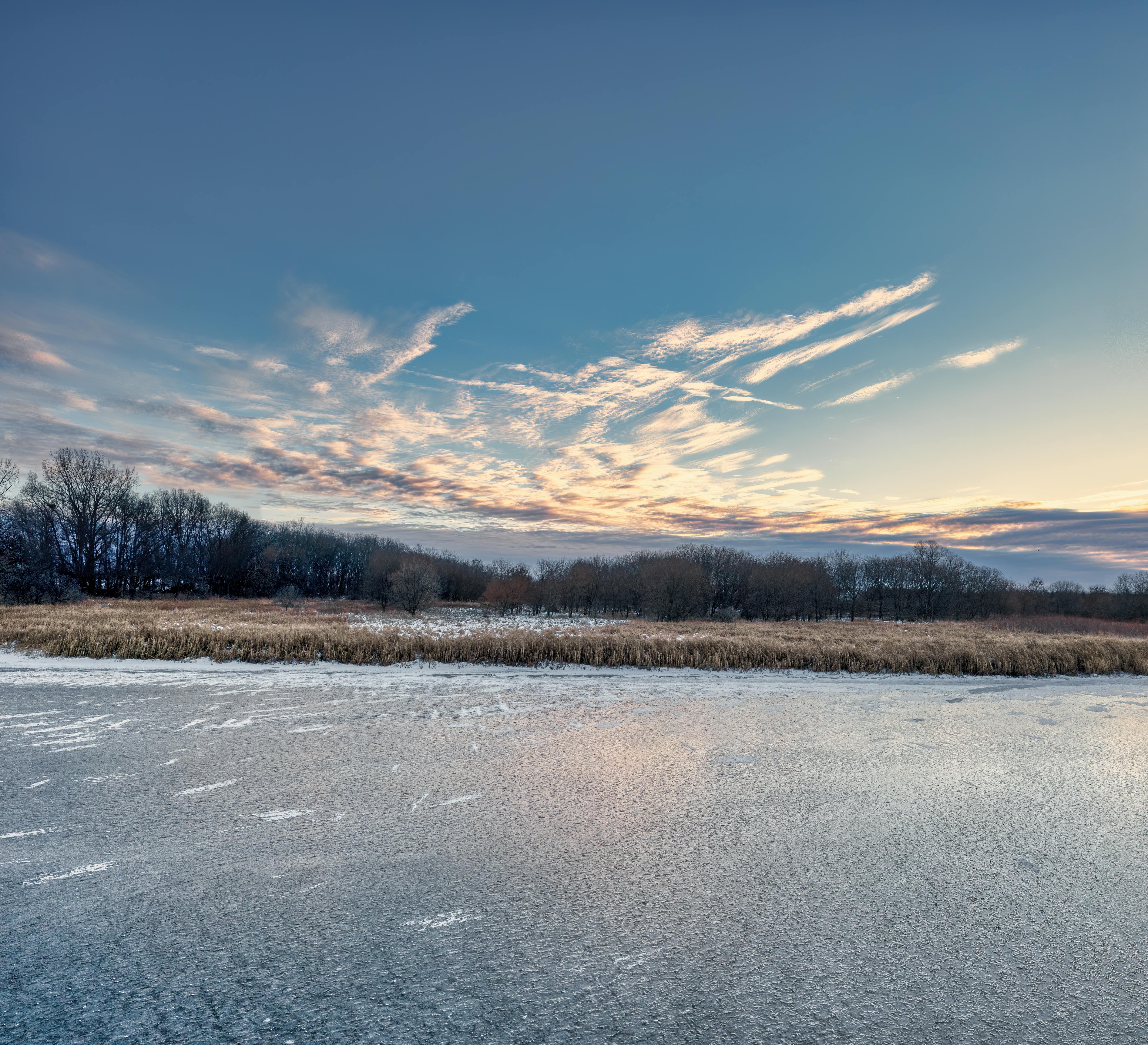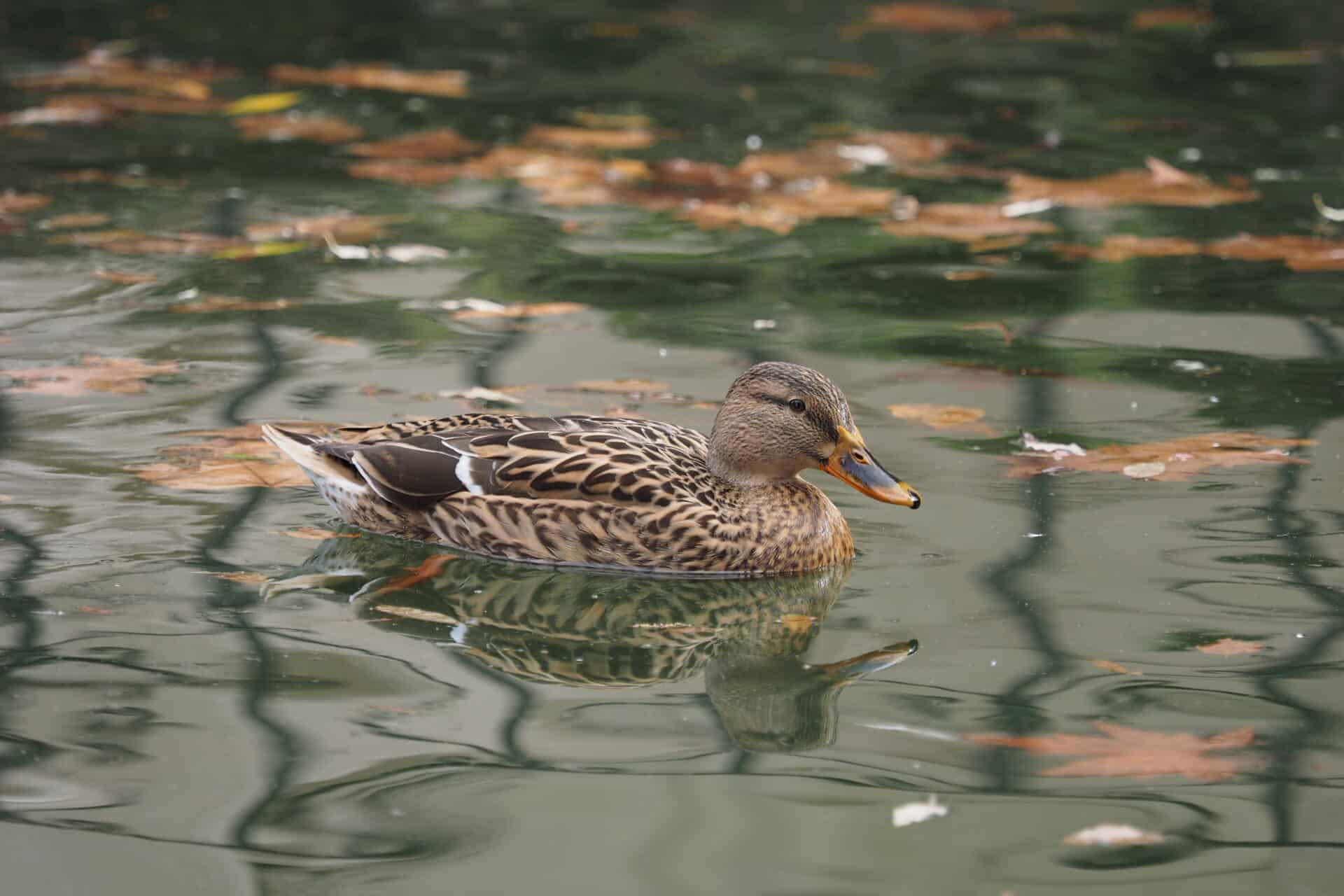Making distilled water is a simple process that can be done at home with some basic equipment. The process involves boiling water and collecting the steam, which then condenses back into liquid form. The resulting liquid is pure distilled water, which is free of minerals and other contaminants. This type of water is often used in medical and scientific applications, as well as for drinking. In this article, we will explain the process for making distilled water and provide tips for getting the best results.Making distilled water at home is a simple process that can be done using basic kitchen equipment. To make distilled water, you will need a large pot, a smaller pot or bowl that fits inside the larger pot, and a source of heat such as a stove top.
Begin by filling the large pot halfway with tap water and bringing it to a boil. Once boiling, place the smaller pot or bowl in the center of the large pot so that it is not touching the sides or bottom. The steam from the boiling water will fill the space between the two pots and collect on the underside of the lid of the larger pot.
Once enough steam has collected on top of the lid, carefully remove it and pour out any liquid that has collected into a container for later use. Put the lid back on and continue to boil until no more steam is being produced. This will ensure that all impurities have been removed from the water.
Allow both pots to cool before removing the smaller one from inside of the larger one. You can now pour your distilled water into any container you wish for storage or use in various projects or experiments.
Supplies Needed for Making Distilled Water
Making distilled water at home is a simple process that requires a few supplies. For the most part, these supplies are easily obtainable and inexpensive. The basic supplies needed for making distilled water include: a large pot, lid, heat source, plastic tubing, ice, and a collection container.
Large Pot
The large pot is needed to heat up the water to create steam. The size of the pot should be large enough to hold all of the water that needs to be distilled. A stainless steel or enamel pot is best for this purpose as it will not leach any chemicals into the water while it is being heated.
Lid
A lid is needed to cover the pot while it is being heated up. This will help keep the steam contained so that it can condense into distilled water. The lid should fit tightly on the pot so that no steam escapes during the process.
Heat Source
A heat source such as an electric stovetop or hot plate will be needed to heat up the water in order to create steam. A gas stove can also be used if desired. It is important to make sure that whatever heat source is used has enough power to bring the water to a full boil quickly and efficiently.
Plastic Tubing
Plastic tubing will need to be attached from one end of the lid to another in order for steam to escape from the pot and cool down into distilled water droplets. The tubing should fit securely onto both ends of the lid and not leak any steam during the process.
Ice
Ice will need to be added around the plastic tubing in order for it to cool down and condense into distilled water droplets as it escapes from the pot. Ice should also be added inside of any collection containers in order for them to remain cool during this process as well.
Collection Container
Finally, a collection container such as a jar or glass bowl will need to be placed underneath where the plastic tubing exits from in order for it collect any condensed distilled water droplets that may form during this process. The container should be large enough so that there is plenty of room for collecting all of the condensed droplets without overflowing or spilling out onto other surfaces around it.
What is Distilled Water?
Distilled water is water that has been purified of all minerals and contaminants. It is created through a process of distillation, which involves boiling the water and then collecting the steam that is produced. This steam condenses into pure, clean water that does not contain any minerals or other chemicals. Distilled water is often used for scientific experiments, medical procedures, and in some industries where purity is essential. It can also be consumed as drinking water, although it does lack the beneficial minerals found in other types of drinking water.
Why Make Distilled Water?
Making your own distilled water at home can be helpful in a number of situations. For example, if you live in an area with poor water quality you may wish to purify your drinking and cooking water. You may also want to make distilled water if you need it for medical purposes or scientific experiments. Finally, some people simply prefer to drink distilled water due to its purity and lack of taste.
How To Make Distilled Water
Making your own distilled water at home is relatively simple and requires only a few items: a pot or pan large enough to hold the desired amount of liquid; a heat source such as a stove top or hot plate; an empty container to collect the boiled liquid; and a cooling source such as ice cubes or cold water. First, fill the pot with tap or filtered water and bring it to a boil. Once boiling, place the empty container on top of the pot so that it collects the steam from boiling. The steam will condense into liquid as it cools down and can be collected in the container for use.
Tips For Making Distilled Water
When making distilled water at home there are some tips you should keep in mind for best results: always start with filtered or tap water; use only clean containers; boil the liquid until it has reached a rolling boil; cool the condensed liquid quickly by adding ice cubes or cold water; store in airtight containers away from direct sunlight; discard any unused distilled liquid after 24 hours.
Conclusion
Making your own distilled water at home is relatively easy and can be very useful in certain situations. By following these simple steps you can ensure that you have pure, clean drinking or cooking water whenever you need it!
Benefits of Drinking Distilled Water
Drinking distilled water has numerous health benefits. Distilled water is essentially pure water that has been stripped of all its minerals and contaminants. It is a healthy alternative to tap water, which has been found to contain many harmful chemicals and pollutants. The lack of minerals in distilled water can actually be beneficial to the body in some cases, as it helps flush out toxins from the body. Distilled water also contains fewer impurities than other types of drinking water, making it a healthier choice overall. Here are some of the top benefits of drinking distilled water:
1. Lower Risk Of Disease: One of the main benefits of drinking distilled water is that it can help reduce the risk of certain diseases, such as cancer and heart disease. This is because distilled water does not contain any contaminants or chemicals that could potentially cause harm to your body.
2. Improved Digestion: Drinking distilled water can also help improve digestion by flushing out toxins from your digestive tract, which can lead to better overall health.
3. Improved Hydration: As mentioned above, distilled water does not contain any minerals or contaminants, which makes it an excellent source of hydration for your body. It can help you stay hydrated throughout the day without having to worry about consuming too many chemicals or pollutants.
4. Clearer Skin: Drinking plenty of distilled water can also help clear up skin conditions such as acne and eczema by helping flush out toxins from your system.
5. Better Taste: Lastly, many people find that drinking distilled water tastes better than regular tap or bottled waters due to its lack of impurities and minerals.
Overall, there are many great benefits associated with drinking distilled water on a regular basis. From improved digestion and clearer skin to lower risk for certain diseases and improved hydration, there are plenty of reasons why you should make sure you’re getting enough clean drinking water every day!
Potential Risks Associated with Drinking Distilled Water
Distilled water is a type of purified water that has been through a process of distillation, removing impurities and minerals. The absence of minerals in distilled water makes it a popular choice for home use, as it does not leave behind any residue. However, there are potential risks associated with drinking distilled water exclusively over an extended period of time. These include the leaching of essential minerals from the body and an increased risk of developing certain health conditions.
The human body requires certain essential minerals to function properly. When drinking only distilled water over a long period, these minerals are not replaced and can lead to dehydration and mineral deficiency. This can cause symptoms such as fatigue, muscle cramps, headaches, and constipation. Additionally, studies have shown that drinking distilled water may increase the risk of developing kidney stones and osteoporosis due to the lack of calcium and other essential minerals.
Drinking distilled water can also lead to an imbalance in pH levels in the body due to its low mineral content. An imbalance in pH levels can lead to digestive issues such as acid reflux or heartburn. Additionally, it has been suggested that drinking distilled water could lead to an increased risk of developing cancer due to the fact that some toxins become more concentrated in this type of purified water.
Overall, while there may be potential risks associated with drinking only distilled water over an extended period of time, it is still generally safe for use when consumed occasionally or as part of a balanced diet that includes other sources of fluids like spring or filtered water. It is best to consult your doctor before making any major changes to your diet or lifestyle habits if you have any existing health conditions or if you are pregnant or breastfeeding.

Different Types of Distillation Methods for Making Distilled Water
Distilled water is a type of purified water that has had many impurities removed through the process of distillation. There are several different methods of distillation, each with its own advantages and disadvantages. The most common methods are steam distillation, reverse osmosis, and deionization. Each of these processes has its own benefits and drawbacks, depending on the type of water being treated and the end goal desired.
Steam distillation is one of the oldest forms of water purification. It involves boiling the water until it vaporizes, then collecting and condensing the resulting vapor back into liquid form. This method is often used to remove minerals, bacteria, and other impurities from water. The main advantage of steam distillation is that it removes most types of impurities from water quickly and effectively. However, it also has some drawbacks such as high energy costs and slower processing time than other methods.
Reverse osmosis is another popular method for making distilled water. This process uses a semi-permeable membrane to filter out impurities from the water by forcing it through a fine filter. Reverse osmosis produces very pure water but requires high pressure pumps to operate efficiently, which can be expensive to install and maintain.
Deionization is a chemical process that uses ion-exchange resins to remove dissolved minerals from water by exchanging them with hydrogen or hydroxide ions in a solution. Deionization produces very clean drinking water but can be costly due to the need for specialized resins as well as frequent maintenance requirements.
No matter which method you choose for making distilled water, it’s important to understand what each process can do in order to make an informed decision on which one works best for your needs. With careful consideration of all factors involved in purifying your drinking supply, you can ensure you’re getting clean, safe drinking water every time you turn on your tap or fill your bottle!
Pros of Using a Commercial Distiller to Make Distilled Water
A commercial distiller can be an effective and efficient way of producing distilled water. The process of distillation involves boiling water, which then condenses into a separate container where it can be collected as distilled water. This process removes impurities from the water, such as minerals, bacteria, and other contaminants. The distilled water produced from a commercial distiller is also free from chlorine and other chemicals found in tap water. This makes it safer to consume than regular tap water. Furthermore, using a commercial distiller for producing distilled water is much faster than traditional methods such as evaporation or reverse osmosis.
Cons of Using a Commercial Distiller to Make Distilled Water
Using a commercial distiller to produce distilled water can also have some drawbacks. For one, the process requires electricity, which adds additional costs that may not be feasible for everyone. Additionally, the process of boiling the water generates steam which can be noisy and cause humidity in the surrounding environment. Finally, the cost of purchasing and maintaining a commercial distiller can be quite high compared to traditional methods of producing distilled water.
How to Tell if Your Tap Water is Suitable for Making Distilled Water
Distilled water is water that has been heated to the point of vaporization, then condensed back into liquid form. It can be used for a variety of applications, including drinking, cooking and cleaning. If you want to make your own distilled water at home, the first step is to check the quality of the tap water you are using. Here are some tips on how to tell if your tap water is suitable for making distilled water.
The first thing you should do is test your tap water for contaminants. You can buy a home testing kit or have a professional lab do the testing for you. This will give you an indication of whether or not your tap water contains any harmful substances that could be transferred into the distilled water.
You should also check your local regulations regarding drinking water standards and permissible levels of certain contaminants. This will help you determine if the tap water in your area meets the required standards for making distilled water.
It’s also important to consider the source of your tap water. If it comes from a municipal source, such as a city or town, then it should generally be safe to use for distillation purposes. However, if it comes from a private well, then it’s important to have it tested by a professional lab before using it in any way.
Finally, it’s important to look at the taste and smell of your tap water before attempting to distill it. If there is an unpleasant odor or taste present in the tap water, then this could indicate that there may be contaminants present which could transfer over into the distilled product. In this case, it would be best to find another source of clean drinking water before attempting to distill your own at home.
By following these simple steps, you can easily determine whether or not your tap water is suitable for making distilled water at home. This will help ensure that you are able to produce clean and safe drinking water with minimal effort and expense.

Conclusion
Distilling water for home use can be a simple and effective way to purify water. It is easy to do, requires minimal equipment and supplies, and produces clean, safe drinking water. With a little bit of knowledge, anyone can make their own distilled water. There are a few safety precautions to keep in mind when distilling water at home, but following these guidelines will ensure that the process is safe and successful.
Distilled water is a great alternative to tap or commercially-bottled water that is free of contaminants and ideal for drinking as well as many other uses around the home. Making your own distilled water is an excellent way to save money while also providing you with a healthy source of pure drinking water.
Overall, the process of making distilled water isn’t difficult or expensive, and can easily be done using just a few basic supplies from your local hardware store or online retailer. With the help of this guide, you should now have all the information you need to easily get started on making your own distilled water for home use.

